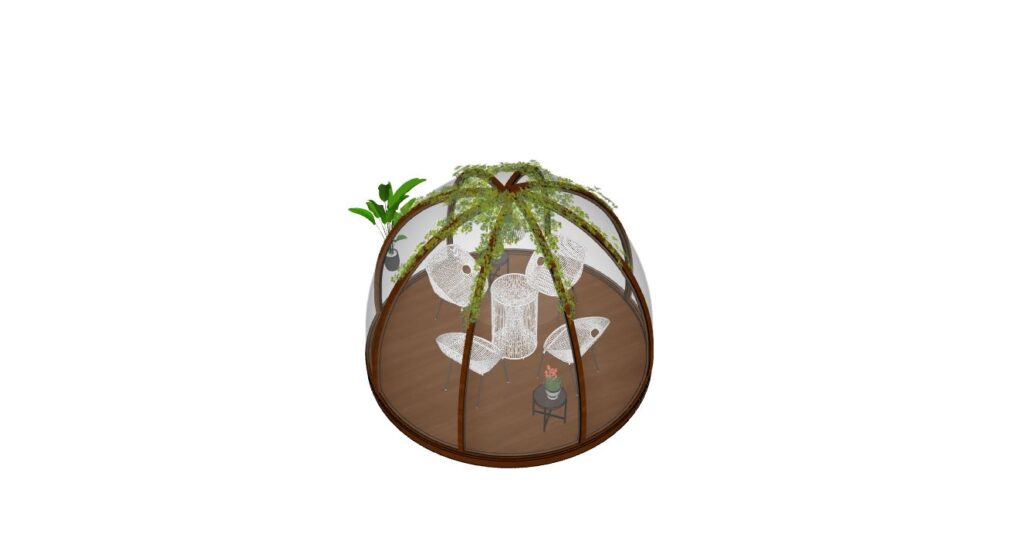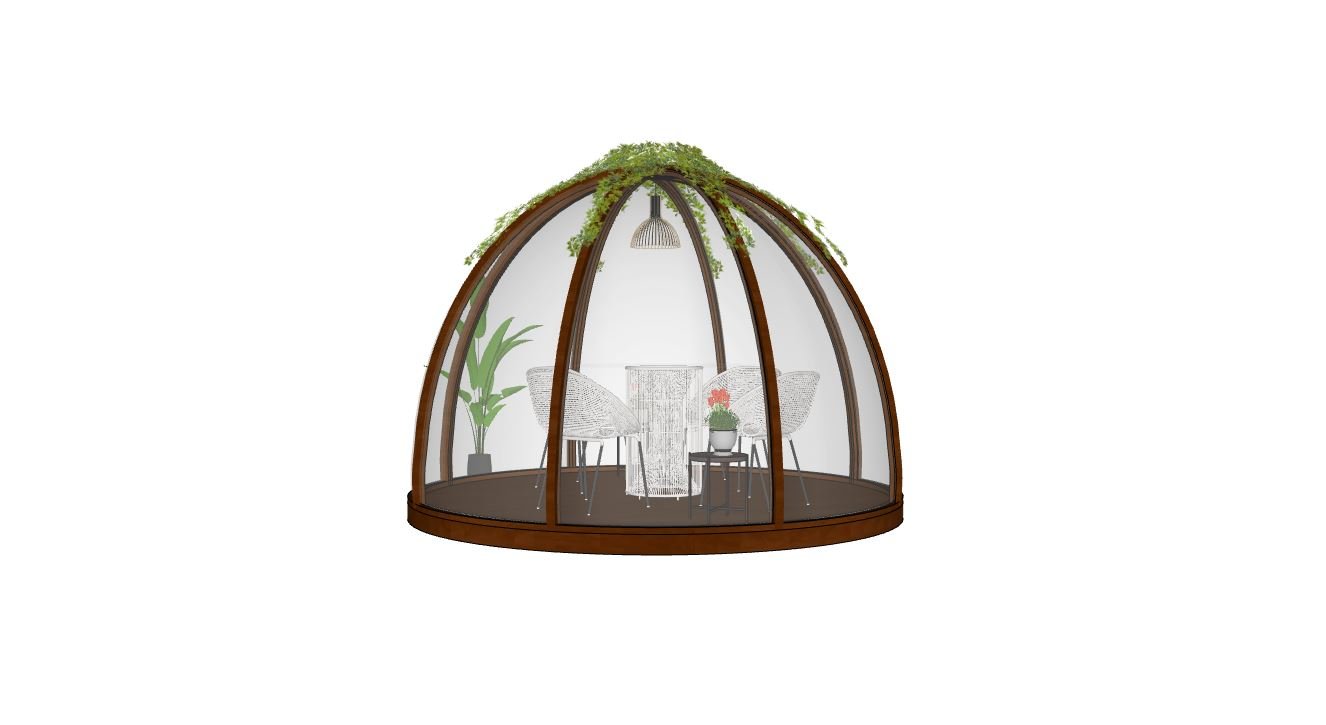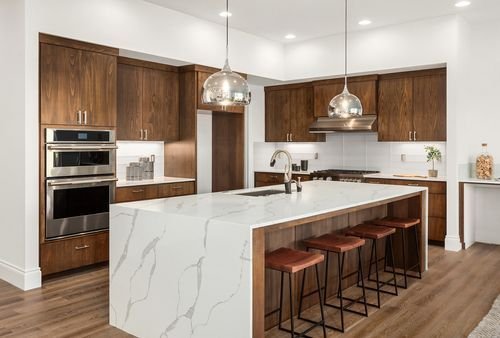An outdoor round seating cage typically refers to a structure designed to provide seating arrangements in an open-air setting. It can come in various forms and designs depending on the intended purpose and aesthetic preferences. Here are a few examples of outdoor round seating cages:
Pavilion-style seating: This type of seating cage often features a circular or semi-circular design with a roof overhead, providing shade and protection from the elements. It can be made of materials like wood, metal, or a combination of both, and may include benches, chairs, or even cushions for seating.

Garden gazebo: A round seating cage can be designed as a garden gazebo, which is a freestanding, roofed structure often found in parks or private gardens. It typically consists of a circular or octagonal shape with open sides and can be used for seating, socializing, or enjoying the surrounding scenery.

Outdoor dining area: Some round seating cages are specifically designed as outdoor dining areas. These structures often incorporate a central circular or oval-shaped seating arrangement, with tables and chairs placed around it. They may include features like overhead lighting, heaters, or fire pits to enhance the dining experience.

Sunken seating pit: A sunken seating pit is a round or circular area that is slightly lower than the surrounding ground level. It can be constructed using materials like concrete or stone and is often filled with cushions or built-in seating options. This type of seating cage offers a cozy and intimate space for relaxation or social gatherings.

Sports spectator seating: In certain sports facilities or stadiums, a round seating cage may refer to a section of seating arranged in a circular or semi-circular manner. This design allows spectators to have a clear view of the event happening in the center, such as a football field or a racetrack.

It’s important to note that the term “seating cage” is not commonly used, and the specific design and purpose of an outdoor round seating area can vary based on individual preferences, intended use, and the surrounding environment.
hen you find a suitable 3D model, make sure to check the licensing requirements and terms of use associated with the model to ensure it aligns with your needs.
I apologize, but as a text-based AI model, I don’t have the capability to generate or provide visual content such as 3D models. However, there are various resources available online where you can find 3D models of outdoor round seating cages. Here are a few suggestions on how you can find them:
3D Modeling Software Libraries: Some 3D modeling software, such as SketchUp’s 3D Warehouse, have extensive libraries of user-generated 3D models that you can search through. If you have a specific 3D modeling software in mind, you can check if they offer a model library.
This Furniture Multi Uses in restaurant
Assess the Space: Evaluate the available space on your terrace garden to determine the size and shape of the seating area. Consider factors such as the shape of the terrace, the dimensions, and any existing features like plants or structures.
Designing a seating area in a terrace garden can be a wonderful way to create a cozy and inviting outdoor space. Here are some general steps to consider when planning and setting up a seating area in a terrace garden
Select the Furniture: Look for outdoor furniture that is durable, weather-resistant, and suits the style and size of your terrace garden. Materials like rattan, teak, or metal are often used for outdoor furniture due to their ability to withstand outdoor conditions.
Arrange the Layout: Plan the arrangement of the seating area based on the available space. Ensure there is enough room for movement and consider placing seating near focal points like garden views or architectural features. Optimize the layout for comfort and functionality.
Provide Shade: If your terrace garden is exposed to direct sunlight, consider incorporating shade elements like a pergola, umbrellas, or retractable awnings to provide relief from the sun’s heat. This will make your seating area more comfortable and usable throughout the day.
Add Accessories: Enhance the ambiance of the seating area by incorporating accessories such as outdoor cushions, pillows, rugs, and lighting. These elements can add comfort, style, and a cozy atmosphere to the space.
Consider Privacy: If privacy is a concern, you can use various techniques to create a secluded seating area. This can include strategically placing tall plants, installing privacy screens or trellises, or using decorative partitions.
Incorporate Greenery: Emphasize the garden atmosphere by incorporating plants and greenery around the seating area. Use potted plants, vertical gardens, hanging baskets, or planters to add natural beauty and a sense of tranquility.



